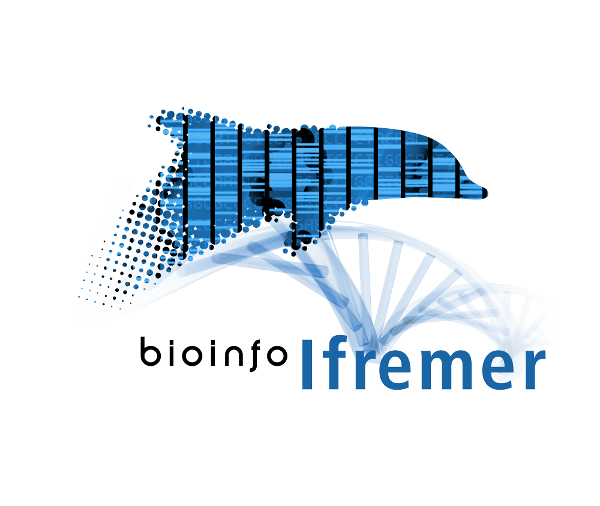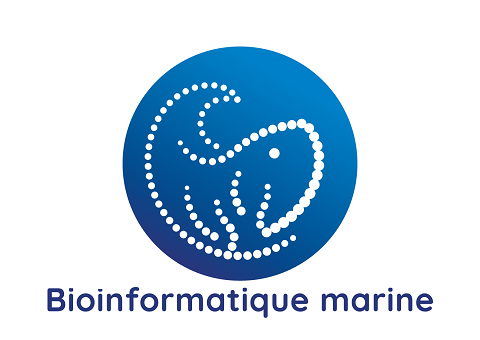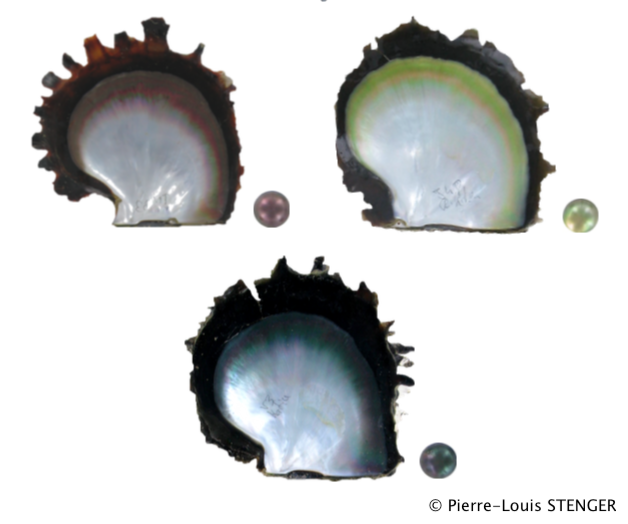/Biological Environment/Bioinformatics
Type of resources
Available actions
Topics
Keywords
Contact for the resource
Provided by
Years
Representation types
-

160 whole genomes sequences obtained from 160 individual fish samples representing about 100 different species present in Gulf of Lion, and bay of Biscay.
-

The eleven collected wild strains of T. lutea were compared phenotypically, in particular with regard to their pigment and lipid profiles. The genome of each T. lutea strain was also sequenced to investigate the genetic structure and genome organisation of this species. Collected data were summarized in a genome browser to provide easy-to-use support for the scientific community (https://genomes-catalog.ifremer.fr). This provides an important resource- to understand, exploit and predict the biodiversity of this species.
-

This study aims to compare different metabarcoding sequences of commercially fished shrimps collected by tree counties on the North Brazil Shelf Large Marine Ecosystem
-

Whole genome pooled sequencing of individuals from 4 populations and 3 different color phenotype in order to uncover the genetic variants linked to color expression in the pearl oyster P. margaritifera.
-

In order to better characterize the fish biodiversity associated to the presence of cetaceans, especially the common Dolphin, from the Bay of Biscay, sequences from a 16S fragment were obtained from water samples acquired close to groups of dolphins.
-

Vibrio bacteria sampled from juvenile oysters and seawater collected in Thau Lagoon (Languedoc-Roussillon, France) in October 2015 during a mortality event were genotyped using hsp60, rctB, topA and mreB protein-coding genes
-

Sequenced samples are city center wastewater sampled by passive samplers. Variants are identified by Illumina Miseq sequencing.
-

Develop parentage assignment panels using genetic fingerprinting of pearl oysters for use in commercial hatcheries and research to manage pedigrees in order to limit the risks of loss of genetic variability and increased inbreeding of commercial lines.
-

Dart Seq data gathered on Blue Shark in the framework of the PSTBS-IO project supported by funding from FAO, CSIRO Oceans and Atmosphere, AZTI Tecnalia, Institut de recherche pour le développement (IRD), and Research Institute for Tuna Fisheries (RITF) and financial assistance of the European Union (GCP/INT/233/EC – Population structure of IOTC species in the Indian Ocean), and POPSIZE project supported by FEAMP (2014-2020 UE N°508/2014), and Institut français de recherche pour l'Exploitation de la mer (Ifremer).
-

2bRAD genotyping will be used to estimate genetic diversity and connectivity among populations of Sabellaria alveolata. We will relate population genetic parameters with reef state characteristics.
 Catalogue PIGMA
Catalogue PIGMA